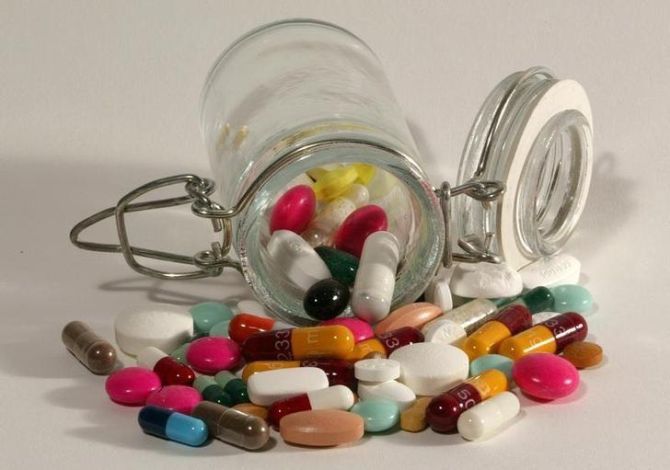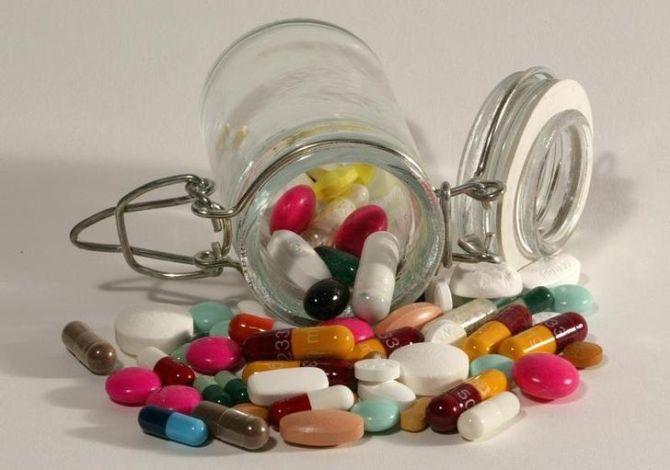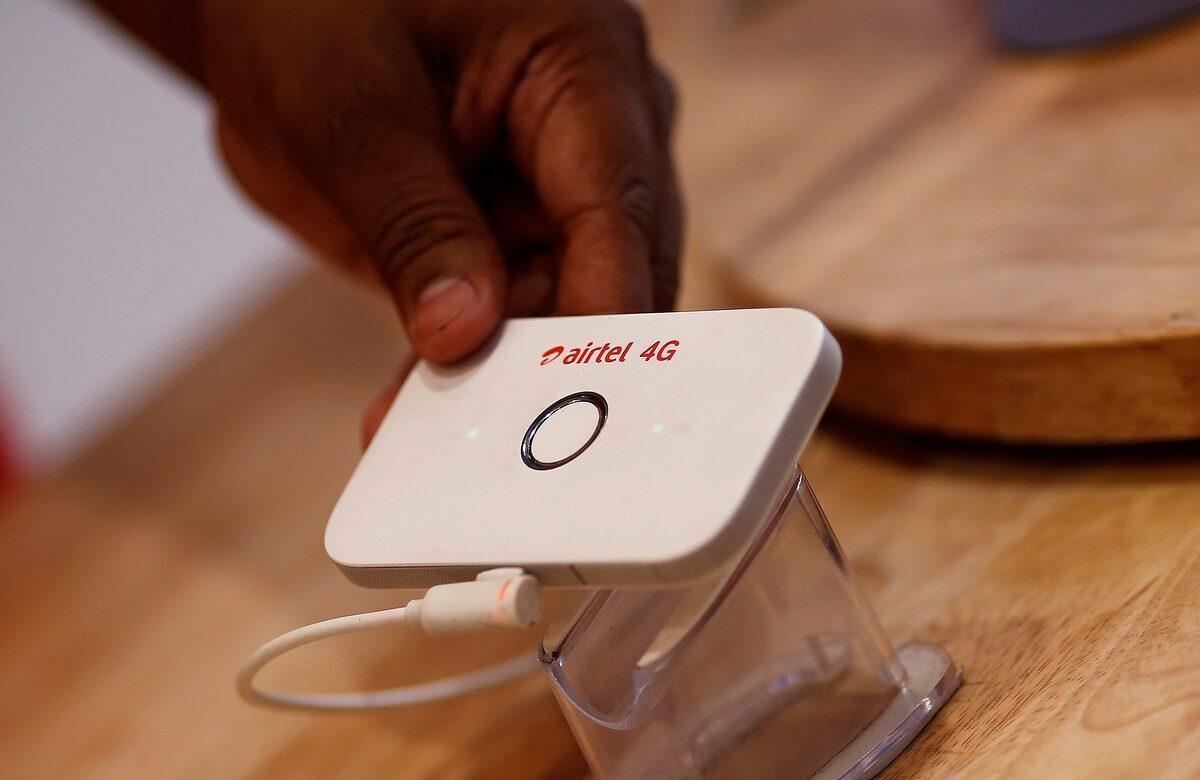A fresh US executive order (EO) which seeks to bring down prices of prescription drugs in the country by up to 90 per cent — on par with other developed nations — will affect innovator companies, while sparing the Indian generic drug makers in the short term.

Photograph: Jacky Naegelen/Reuters
US President Donald Trump signed the EO on Monday, directing the US Trade Representative and the Secretary of Commerce to act against foreign countries that “purposefully and unfairly undercut market prices”, driving price hikes in the US.
Indian Pharmaceutical Alliance (IPA), which represents large pharma firms in the country that account for nearly 80 per cent of India’s pharma exports by value, felt that the generics industry is unlikely to be impacted as a result of this US move.
The EO also instructs the administration to communicate price targets to pharma manufacturers, asserting that America, the world’s largest purchaser and funder of prescription drugs, should get the best deal.
The Secretary of Health and Human Services will set up a mechanism allowing American patients to buy drugs directly from manufacturers at a Most Favoured Nation (MFN) price, bypassing middlemen.
Trump had previously said the move would lead to higher drug prices in other countries as part of a broader global price alignment.
According to recent data, Americans pay over three times what other OECD countries pay for brand-name drugs.
ALSO READ: Trump targets foreign drugs: Tariffs in 2 weeks, begins US mfg push
The Presidential EO noted that the US has less than 5 per cent of the world’s population but funds roughly 75 per cent of global pharma profits.
Sudarshan Jain, Secretary General, IPA said, “The Executive Order issued by the US seeks to balance innovation, access and overall healthcare costs.
“Research and development in life sciences demands long-term commitment, substantial investment, and carries high risk.

“The order emphasises that the cost of the innovation should be shared equitably among all stakeholders.
“Innovator companies are expected to be affected, with a 30-day window to align their US prices with Most-Favoured-Nation (MFN) pricing.”
Jain added that the generics industry is unlikely to be impacted, as it operates on razor-thin margins.
“In the US, the generics industry represents 90 per cent of prescription volumes while accounting for only 13 per cent of the market value.
“The generics industry plays a pivotal role in ensuring medicines remain affordable and accessible. Further details on implementation mechanisms will bring more clarity,” he said.
India Ratings and Research (Ind-Ra) felt once implemented the EO will have limited near-term impact on the Indian pharma companies, but it may have a bearing on their long-term capital allocation strategies.
“While we do not expect a material immediate impact on the US generics business of Indian pharma companies, its revenue growth and capital allocation strategies may likely be impacted, if the executive order gets implemented. Generic price realisations in the US generic market may not be the highest in the world.
“We expect contract development and manufacturing organisation (CDMO) players to benefit,” says Nishith Sanghvi, director, corporates, Ind-Ra.
However, the ratings agency felt that long-term headwinds for generics were likely.
It said they do not expect a material immediate impact on the US generics business of Indian pharma companies.
However, the long-term revenue growth and capital allocation strategies may be impacted, given the opportunity size may shrink as the generic business derives their market potential from the sales of prescription products.
“The same shall depend on the scale of price decline in those molecules/therapies and companies’ R&D focus areas.
“Indian pharma companies are primarily involved in generic drugs which are 5 per cent of the prescription drugs cost and over 80 per cent cheaper for insurance payers, compared to prescription drugs, in our view.
“However, Indian CDMO players may benefit, given the cost arbitrage of manufacturing in lower cost destinations such as India and strong chemistry skills,” it said.
Price realisations for generic products may not be the highest in the US generic market in relation to other geographies, analysts felt.
Also, price comparisons in various markets may have to be seen in line with the regulatory set up and payer profile in the respective geographies which may have a bearing on the pricing in that market.
Analysts also highlighted that there was limited scope to further reduce generic prices.
India-Ratings’ analysis of 15 listed pharma companies with exposure to the US highlights heavy dependence on the US market at around 35 per cent of the total revenue.
“While the share of US sales had declined during FY21-FY22, it has rebounded markedly during the past three years, leading to an improvement in Ebitda margins. Key generic players have exited the market in the past leading to drug shortages when pricing became non-remunerative.
“Demand-supply dynamics have a huge bearing on generic pricing for the US market,” it said.
This assumes significance in the context of Medicare (federal health insurance) costs in the US going up.
An April report by IQVIA noted that more Medicare (federal health insurance) patients have been facing annual drug costs above $2,000 as prices continue to rise.
Net medicine spending increased by $50 billion (11.4 per cent) in aggregate, from $437 billion in 2023 to $487 billion in 2024.
Charts




